P

Audio
Listen to an audio version of this page (2 min 8 sec):
Pair
|
nisotomākana |
|
Definition: Two identical, similar, or corresponding things that are matched for use together are called a pair [6].
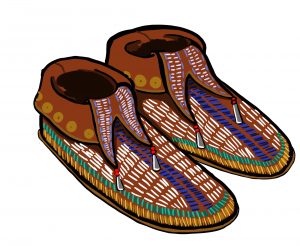
Parentheses
|
wawi cakpaykanahk |
|
Definition: It is a pair of round brackets “( )”. In mathematics, parentheses are used to group numbers, variables, or expressions together. The operations within the parentheses should be carried out first [4].
Example
3 × (5 – 2) + 1
= 3 × 3 + 1
= 9 + 1
= 10
Pattern
|
masinisâwân isi-askotomakak |
|
Definition: It is a geometric design or numerical/algebraic sequence that is predictable because some aspect of it repeats [1].
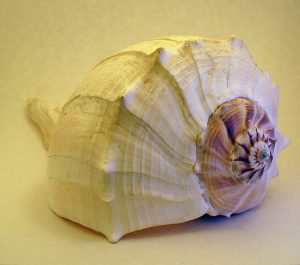
Penny
|
piyak-pîwâpiskos |
|
Definition: It is a coin representing the smallest unit of money in various countries, including the United States and Canada. It is equal to one cent [4].
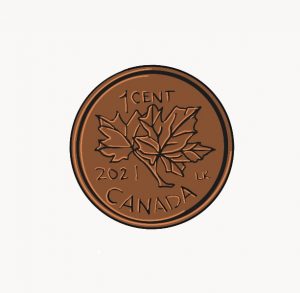
Plane
|
môhkocikêwâkan |
|
Definition: A plane is a set of points forming a flat surface that extends without end in all directions [1].
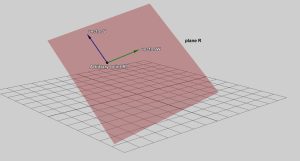
Point (on a graph)
|
cacipiyikan |
|
Definition: A point on a graph is represented by a dot. Its location can be labelled by a pair of numbers, which are also called x and y coordinates.
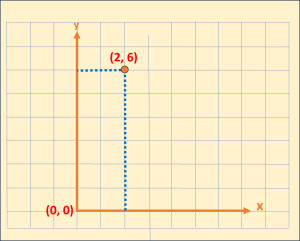
Product
|
māmwi-akītȃk |
|
Definition: In mathematics, the product is the result when two or more factors are multiplied [1].
Example
In the following calculation:
- 1.2 × 3 = 3.6
3.6 is the product.

